PHILIPPINE MANGROVE LOSS
By Sergio A. Pontillas
In a region that leads the world in terms of mangrove forest cover, the Philippines now ranks last in Southeast Asia, according to a ranking official of the Department of Environment and Natural Resources.
“It’s a pity that up to now, (our mangrove management program) consists only of planting trees,” Dr. Palis lamented.
Mangroves have been traditionally used for timber, firewood, medicine, food, and municipal fisheries. Other uses of mangroves are for settlements and salt production.
The December 2004 tsunami in the Indian Ocean has proven that mangroves also serve as shoreline protection against destructive ocean waves, Palis said.
In recent years, mangrove forests have been cleared for the shrimp mariculture industry, which has an estimated annual farm gate value of nine billion dollars, he noted.
Since the 1970s, shrimp production from Asia has been steadily increasing from 26 million tons to 100,000 million tons in the 1980s, reaching a peak of 700,000 million tons in 1995, a DENR report said.
Alongside this increase in economic resource utilization is the steady loss of mangrove forests, estimated at a rate of 4,572 hectares per year. According to Palis, mangrove deforestation in the Philippines is 80 to 90 per cent, which is higher than the Asian deforestation rate of 60 to 70 per cent.
Other causes of mangrove loss, aside from aquaculture, are timber and charcoal production, human settlement, salt pond construction, industrialization, and pollution.
Across the country, the rapid decimation of mangroves due to fishpond conversion by virtue of the old Fisheries Code (PD 704) started in the 1970s during the Marcos Era.
Loan incentives provided by the Central Bank and Development Bank of the Philippines also contributed to the large-scale conversion of mangrove forests into fishponds, Palis said.
During the term of President Corazon Aquino from 1986 to 1992, numerous declarations were made for the protection of foreshore areas, and fishpond lease holders were required to plant mangroves.
The late 1980s also saw the widening of mangrove buffer zones, but contrary to the policy of mangrove forest protection, fishpond areas inside forestlands increased from 1,016 hectares in 1982 to 75,548 hectares in 1990.
A new trend in management policy was introduced during the financial crisis of the 1990s, when new regulatory mechanisms, access limitations and conversion initiatives in coastal management were strengthened.
Participation of civil society groups and local government units was seen as a vital component of mangrove forest protection.































































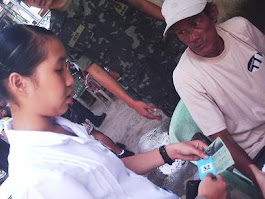








































































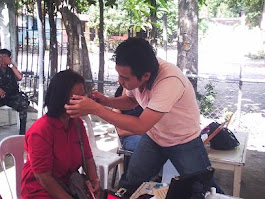







































































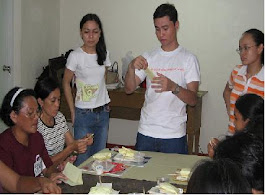













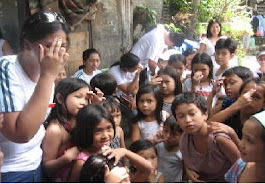























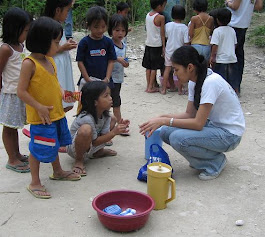


































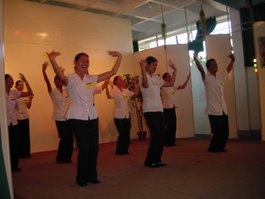
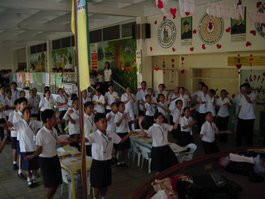
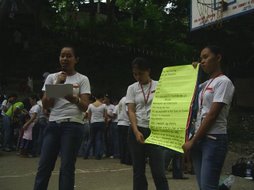
No comments:
Post a Comment